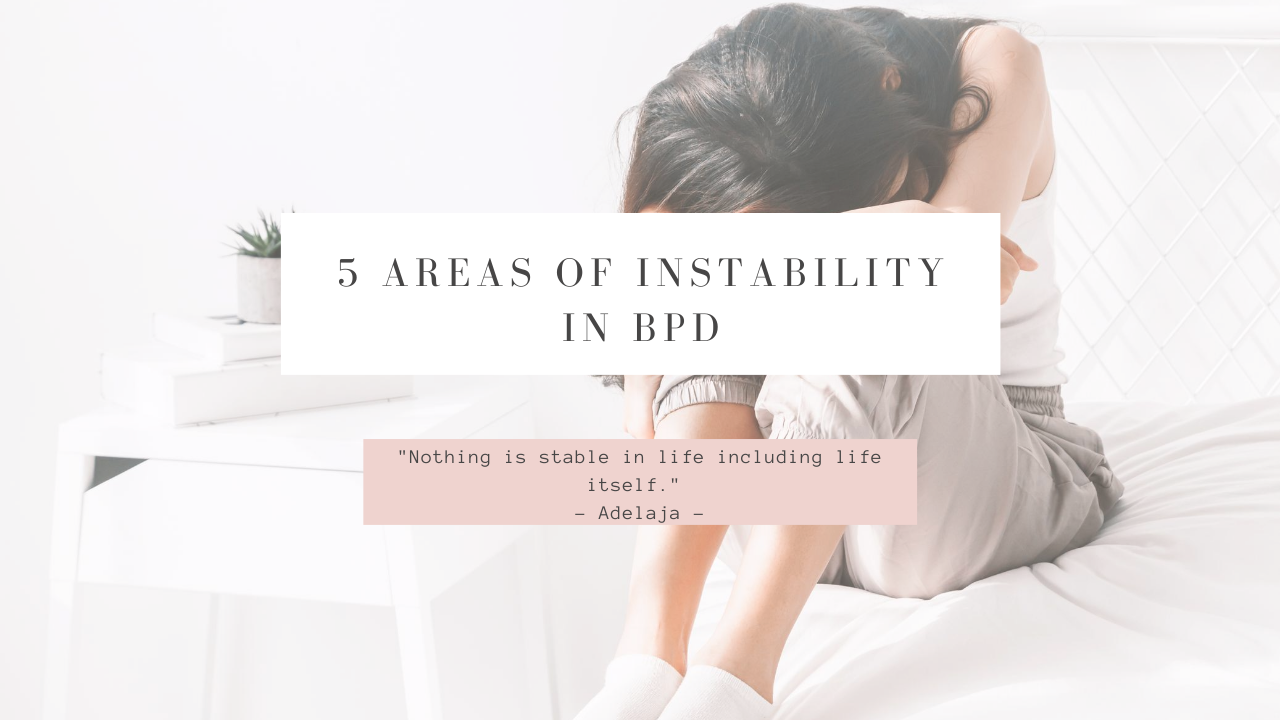
Jade Stanton: 5 Areas of Instability in Borderline Personality Disorder
A major characteristic of Borderline Personality Disorder is instability in a number of areas, mainly an instability in mood and relationships. There are many other areas of life that are thrown off-balance as well, including one’s self-identity, decisions, and perception of the world. Below are five areas of instability in Borderline Personality and some tips on how to find balance.
Much confusion comes from a lack of consistency in feelings and thoughts…
Our self-identity develops from consistent traits over time. But for the person with Borderline Personality Disorder, moods can be inconsistent. It’s difficult to determine what you like or dislike, what makes you happy or what makes you sad. Depending on your momentary mood, one situation may excite you and then the next day that very same situation will overwhelm you.
The same goes for people. For example, one day you may love everything about your partner. Then your mood changes and all of a sudden your partner becomes the enemy. You begin to doubt your feelings, and you begin to doubt your very self. Soon, you view yourself as the enemy; someone you can’t trust or depend upon to do anything right.
Some days you aren’t sure if you are the “crazy” one, or if the whole world is damaged beyond repair. You get so tired of trying to figure out that you just want to quit thinking altogether.
This back and forth…this is the instability that leaves the BPD sufferer teetering on the edge of exhaustion and hopelessness.
Balance is the answer to instability.
Dialectical Behavior Therapy, the recommended treatment approach for BPD, relies on a concept of balance instead of extreme ideas of good/bad, happy/sad, black/white. Instead of high and low moods, it works on stabilizing moods. Instead of seeing people or the world as good or bad, it teaches us to separate people and things from our emotions in order to view them in a balanced light.
DBT skills help the person with Borderline Personality to repair instability. We learn not to ignore or numb the extreme emotions that cause imbalance. Instead, it helps us to change them, approach them, and bring them into balance with purposeful effort. It applies those skills to relationships, to self-perception, and to behavior.
Identifying instability and imbalance, and then using the skills to synthesize extreme thoughts and mood, helps us maintain our view of our selves and of others in a way that provides us a more stable ground to walk on.


